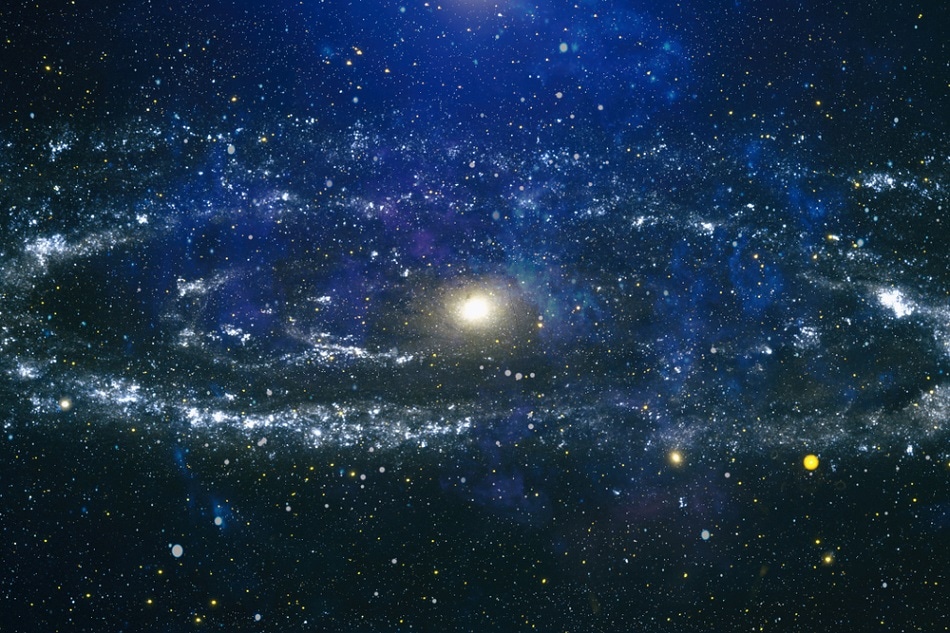Sep 18 2019
A new study by astrophysicists from the University of Kent divulges significant clues related to the role played by recycling in the emergence of life in the universe.
 Zakharchuk / Shutterstock
Zakharchuk / Shutterstock
Through the analysis of the various stages in the life trajectory of stars and gaining new understanding about their evolutionary cycle, researchers at the Centre for Astrophysics and Planetary Science have found out more about a critical stage in the formation of life in the universe. For the first time, their study shows how matter strewn during the death of stars is recycled to form new planets and stars.
For a long time, researchers have known that the materials that form human life did not occur during the origin of the universe. Elements like oxygen and carbon form deep within the stars and are discharged during the explosion of the stars. The largely obscure fact is what happens to these materials in the overwhelming majority of stars that do not explode and the way they are subsequently extracted to promote the development of new biospheres and planets.
In the study titled “Numerical simulations of wind-driven protoplanetary nebulae—I. Near-infrared emission,” published by the Royal Astronomical Society on September 12th, 2019, Professor Michael Smith and PhD student Igor Novikov have discovered this crucial missing link.
The researchers used their Forge supercomputer to perform 2D modeling, mapping the light pattern emitted from stars under various environmental conditions. Thus, they could understand the way the released material is transferred and gets combined with interstellar gas to form new astronomical objects.
The physicists simulated, for the first time, the protoplanetary nebula formation in detail. Protoplanetary nebulae, or ring-shaped clouds of dust and gas, are astronomical objects that are formed during the late evolution of a star. The formation of the shell of materials ejected with the aging of the star was modeled by the researchers. These shells form planetary nebulae, which can be seen in the night sky.
The research demonstrated the way in which the energy and gas released by stars get returned to the universe, and in which forms. It was discovered that the elements released by dying stars are shifted by a fragmentation process and recycled into new planets and stars.
Initially, we were perplexed by the results of our simulations. We needed to understand what happens to the expelled shells from dying red giants. We proposed that the shells must be temporary, as if they stayed intact life could not exist in our universe and our planets would be unoccupied.
Michael Smith, Professor, University of Kent
Smith continued, “The shells are not uniform. Most are likely to be cold and molecular. They disintegrate into protruding fingers and so lose their integrity. In contrast, warm atomic shells remain intact. This provides vital clues about how carbon and other materials are transferred and reused within our universe. Our civilisation happens to exist when the generation of recycled material is at its highest. That is probably no coincidence.”